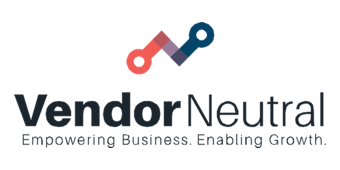
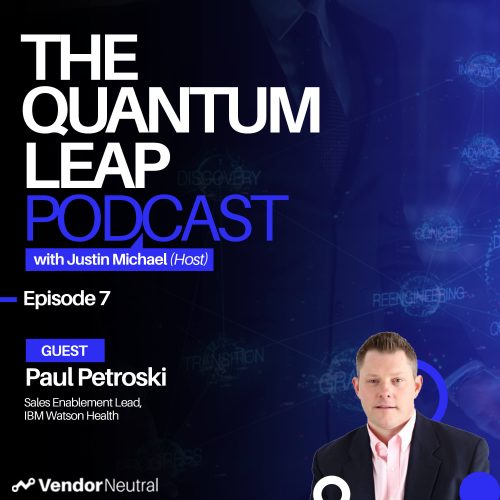

Sales Enablement and the Evolution of Todays’ Digital Seller
Episode 7 -
Paul Petroski
Sales Enablement Leader, IBM Watson Health
Read Full Transcript
Sales Enablement and the Evolution of Digital Selling
Justin Michael Welcome back to Vendor Neutral’s Quantum Leap. I am your intrepid host, Justin Michael, doing my best William Shatner impression. We are in the Neutral Zone for Vendor Neutral and we have Paul Petroski who is a Sales Enablement Leader for IBM Watson Health, who has joined us today. Paul, how’s your day going?
Paul Petroski It’s going good so far. Thanks for having me, Justin.
Justin Michael Awesome. Well, hey, no one ever got fired for choosing IBM, right? That’s the, it’s become a proverb. It’s pretty cool when a company can become so well-known and so trusted that you have almost like an expression in the tech community. And it’s also when it becomes a verb like you Xerox the document or you DocuSign, we’re talking about enterprise technology transformation. It is a mouthful and it’s something that people are excited about but at a giant company level, they’re thinking about how can we move faster. Right? And IBM’s done a great job here because it got way out on the front foot with artificial intelligence beating Jeopardy but then it’s also going through these different verticals with A.I. So how is A.I. helping health care and how are you personally working on digitally transforming the enterprise?
Paul Petroski Yeah, and I think health care is such a unique beast in itself, I think. So, I came into Watson Health through an acquisition about four years ago. Watson Health is the creation of about four or five acquisitions over a three or four year period to create what is now known as Watson Health. I was with a company called Truven Health. The company had been around for 30 years, data analytics consulting type of company and so with the acquisition into IBM, I think there was a lot of big vision that IBM was going to take all this technology, all this money, all this A.I. and apply it to health care and transform health care. That was kind of our slogan for years. We’re going to transform health care. I think we’ve realized it’s a lot harder in health care than it might be in many other segments, and just getting I mean, just the complexity of the health care system, the complexity of HIPPA laws, and all that kind of stuff, and how do you use A.I. technology to penetrate this market in providers and payers and life sciences and government space? I think we’re still trying to figure that out to answer your question. You think Big Blue, you think A.I. technology, you think, oh, man, we’ve got it figured out, but I don’t think we do, and particularly just given the complexity of health care. And so I think we brought all these companies together, which is no small feat in itself, bringing together three or four companies in a matter of three years and trying to create a new business unit out of them, but then trying to figure out how do we take their legacy, existing products, some of them just being data sets, some of them just being tools that pharmacists use and begin to make and implant with A.I., and we’ve had some successes in certain products and we’ve actually had some fails. If you followed IBM Watson Health over the last few years, our oncology and genomics division that we spun up kind of fizzled out and is no longer because we realized it was a lot harder. It’s a lot harder than we thought it was. So, I think to answer your question, we’re still trying to figure out how to make an implant. We’re still trying to figure out how to use A.I. and we’re still trying to figure out as an enablement professional how to equip our sellers to get out there and make a difference.
Justin Michael That’s awesome. So, what inspired you to kind of go into this field? It’s always interesting to learn the personal and professional journey, any points you’d like to share? But, you know, there’s a lot of places you could go do this and I get in the startup world and the IBM world, but I’m always fascinated by the people innovating on the front lines.
Paul Petroski Yeah, I mean, my undergrad is in information technology. I spent the first seven years doing IT, consulting and database design, developing websites, and then got to a point where I realized I didn’t want to be a code monkey for the rest of my life, made a switch into learning and development where I spent about seven years doing what was originally technology capability, learning and then anything organizational capability. And then about seven years ago, the company I was with, sales was always separate and I wanted to broaden my skill set and get more into sales. So I jumped in with a company out of San Francisco called ServiceSource, doing what we didn’t even call it sales enablement at the time, it was sales effectiveness or something like that, and about two weeks after joining that company, the Director of Effectiveness left and so I pretty much learned the ropes of sales enablement and have just been fascinated over the last seven years of how enablement has grown up and become almost like this new profession in with this new title that has kind of been out here for years, but now we have really smart people creating strategies as to how we do it. And just being a student of the game, it’s just been fascinating to watch the field grow up and then to personally find my career niche as I’ve gone through.
Justin Michael So what inspires you in the enablement field? I mean, there’s so much going on here from books to programs, I’ve talked to Eli Cohen at Saleshood trying to put some kind of tech stacks around, enablement, the enterprise to help people walk through the process and automate it any technology you’re seeing there to improve enterprise enablement. Like what’s the future of that? That’s exciting.
Paul Petroski Yeah, I mean, so having a background in technology, I think I slant that way and I’m fascinated by the enablement tech stack. The work that Vendor Neutral has done has been so fascinating to see. And two years ago, you guys kind of carved this niche in the industry to say there’s help needed here and we’re going to fill this gap and I think it’s been fascinating, having spoken with Dan in the past, just what you’re trying to do there. So, I think to answer your question, one, I love technology, being a background in technology kind of guy. I love to see how technology can help people perform better. So, you take my technology background, learning, and development, performance consulting. The idea of utilizing technology to help people perform better is absolutely fascinating to me. And then being a numbers guy, we just, I just love metrics. How do we take what we do in enablement, align it with sales, productivity, sales, leadership? It’s got a vision for we got this much pipeline, we got this how do we align the work that we do to that and then allow technology to come in and help that happen? And one of the big things IBM did over the last probably two years, we implemented Seismic as our content management system. As you can imagine, prior to two years ago, IBM just operated as just 20 different sales enablement functions that kind of did their own thing. And so, they put a whole bunch of work into creating a discipline across the company of enablement and one of the biggest things they did is they implemented Seismic as its content management system across the entire company. And you want to talk about a challenge of getting 20, 30 different business units operating in the same way, consistent tool, consistent taxonomy, consistent in a way by which we manage our content. It’s been a huge undertaking but now being on the back end of it and looking back to say companies can do this, it’s I know it looks overwhelming from the front side of it, but when you’re on the back side of it and you have like the results that are now coming, the metrics, the data we’re seeing, what sellers are, how they’re using content, it’s amazing to think about how did we ever live without it for so long.
Justin Michael Yeah, it’s funny. I actually talked to someone over at Seismic and inter-connected an SVP over there. Yeah. So, enablement is a huge topic, right? We have to train people and I feel like there’s been a mini renaissance right now in these crisis times and with virtual learning and LMS’s and people upskilling, then the question is this like how do we even prepare ourselves for the skills that we’re going to need in five years? They’re saying it can’t even be taught in universities, that the technology pace is so crazy with A.I. and M.L. and training the algorithms. It’s hard to know what you’ll need to know five to ten years from now, like sales. There’s some fundamentals that I think will stand to the year three thousand. So, it’s a little bit more fixed, but what are your theories and stances on that and how are you leveraging people, process, and technology to bulletproof yourself and your team for this sci fi future that’s racing at us?
Paul Petroski Yeah, I mean, I’ll give a tangible example to that. One of the initiatives we did when COVID hit with our sales team, we used Brainshark as our training side of what we do, and they actually have a coaching tool that they use Watson on the back end with A.I. to give feedback. So, a seller can run a video through Brainshark and then get feedback as to their just to how they presented themselves, an emotional analysis it gives them feedback on their words per minute, and things like that. We use that to begin to equip our sellers because now they were 100 percent sitting at home doing virtual Zooms. And then the second thing we did is we began to equip them to think about how do they use video in regard to interacting with clients? I think a lot of them, particularly in Watson health, we’ve got an older sales population and so they were used to traveling around the country, sitting in front of clients, and the fact that they couldn’t do that now, we wanted to help them think about how can they use video to replace whether it’s interactions with customers instead of sending a two-page email. How do you write, how do you create a small video of yourself interacting with that client? Or how do you begin to create a social LinkedIn presence? And so, we were able to use Brainshark and some of these other tools to help them think through utilizing video as a sales tool, and I think for some of them, they’ve really adopted that and recognize, like you’re saying, this is the future, you’re going to have to learn; How do you use video as a prospecting tool, as a client engagement tool, as a social presence tool? Because that’s the way of the future, and then there’s others that just aren’t adopting it. That’s just, I don’t know, they’re just overwhelmed by it or they can’t wrap their heads around it. But I think it’s things like that you have to figure out how do you retool workforce that has been doing something for 20, 30, 40 years and help them recognize that? I think because of COVID we’ve expedited the onboarding into these new digital ways of selling and you kind of have to get on the bus or you may not be here two or three years from now.
Justin Michael That’s great advice. Who are the thought leaders that you look to who inspire you when it comes to, you know, digital transformation, futurism, enablement, maybe it’s Elay Cohen, maybe it’s different people? I mean, I think a lot of the people listening here, if they’re revenue leader of some sort, marketing, sales operations, they want to get trained, they want to enable, they want to upscale, like Salesforce done an amazing job and trailheads and building out, you know, certifications that mean something within the industry. They’re slightly, you know, they’re hard to get and you come away with a real skill and then you can go out there and you can market yourself with that. Is IBM involved in those types of programs? It’s two questions. I like to do these clusters of questions. Pick the one you want and talk all about it. But, yeah, just it’s a choose your own adventure, I guess today.
Paul Petroski You know, I’m a big fan of Scott Santucci ever since I was at the first Sales Enablement Society meeting back in 2016 in Texas, and I just followed him ever since. I think he’s a visionary. He pushes just the idea of what enablement is into, you can tell he’s got a really sharp business mind and he’s constantly trying to push what the enablement function should be and could be into more of a business focus. And I think that’s a struggle with a lot of people like myself who come out of learning and development where we think of programs and metrics but shifting your focus into thinking of your function as a business, I think it’s critical because that just I think it recession proofs you. It does a lot of things and aligns you better with what the business is trying to accomplish. So, he’s a big, I’m a big fan of his because I think he’s a very forward thinking thought leader in regard to, he throws out a lot of crazy ideas. So sometimes you got to kind of funnel it together to figure out how it applies to you, but I think he does a really good job with pushing the function and the discipline into an area that maybe we’re not as comfortable being in, but I think is a great place to evaluate, to say, do I need to grow into that?
Justin Michael I’m always amazed at his social media marketing, how much it’s very interactive. I try to do the same thing. I mean, almost like multiplicity. There’s probably multiple Santucci’s that are just out there, like he has two twin brothers out there, he’s just so prolific. But that’s a really cool thing. The Sales Enablement Society, I think I signed up in there and I get on the mailing list and events. So, do you collaborate on innovation ideas like in internal groups at IBM? Do you have your own, like you’re running enablement in an area? Are there other enablement leaders within that are inspiring you? I mean, people that are watching, they want to know how do I stay motivated? How do I come up with ideas? They don’t want to be in a silo.
Paul Petroski Yeah, and that’s one of the things that I think IBM, like I said over the last two years, created a discipline around enablement in the way that they brought together the enablement functions. They created a new what you might call corporate sales enablement team, who drove a lot of Seismic implementation, but then are also trying to take thought leadership from the individual business units and bring it together to try to determine are these things we can do from an enterprise perspective? Does that, I mean, IBM is so big and it’s so unique as to its business units. Sometimes it’s really hard to say what works over here in health care is going to work over there in whatever automotive, whatever business sector over there. So, I think what they’ve done. Yes. So, the answer your question, yes IBM has really tried to drive collaboration across our enablement, across our business units, in focus groups in different ways by which we’re trying to find what’s best in class within IBM and make it part of an enterprise approach. Some things that worked well, like our Seismic implementation, other things I think we try and then we just find it doesn’t fit as well as we want, but I think we’ve given ourselves space to try and fail and I think that’s what’s worked really well.
Justin Michael Very cool, so can you speak to some innovative things that IBM is doing for the future? Where do you see the next two to five years going? I know you can’t reveal maybe roadmap or there’s certain things behind an NDA, but you can kind of inspire the listeners about the future.
Paul Petroski I mean, I think the biggest thing that we are doing as a company is digital, obviously, cloud is the backbone of what IBM is going after. Our acquisition of Red Hat and just the future of cloud, hybrid cloud is the focus. But I think what we are really wrestling with, with our sellers is just this idea of digital selling and what that means. I think historically we’ve thought of digital sellers like, oh, we got this lead gen function over here who sits in a call center somewhere and they just do lead gen and then pass that off to a field seller, and then we have all these field sellers that are out there in the field. I think what the last few months has caused us to do again is expedited this shift into one looking at what are our products that maybe we can sell completely online in a way that we didn’t think we could before. So historically, we have a field seller that would travel all over the country, but we’re now trying to think about how can we possibly sell digitally in a way that requires a digital seller that’s almost guiding a customer through an experience completely online that doesn’t require us to have to go fly people all over, because those people that fly over all over the country while they’re good, they’re also expensive. So, there’s a cost analysis that I think we’re trying to do is how do we shift into more digital selling, but not just from a seller perspective, from a company strategy perspective. And then what does that mean as we retool our workforce to say you no longer have to be this, you now can be this, and how do we equip you with the right tools and the sales strategies to do that? So, I think it starts as a company strategy of shifting into digital revolution and then it trickles down into now how do we retool our sales team to do this instead of this?
Justin Michael Yeah, I mean, I’m just trying to take this in, I mean, digital selling, we’re all in this now because and I say this on the show, it’s like we’ve got two years of digital transformation in two months and the e-commerce is exploding in certain verticals and now everything’s turning into Amazon go, and now you have seven million I think Outreach.io raised around just now from Salesforce and Microsoft for 50 million. They said there’s about six point eight million sellers and something like six hundred thousand sales development reps and the whole field. Wow, what a hybrid. Now, we might have some limited interactions, but it’s no longer we’re going to rely on our events and our conferences, and those dinners and we’re not even shake hands. So, the most trusted human to human elements that were carrying fleets of sellers and protecting us from machines are almost gone. I mean, I knew that I could do, I could just run the conference circuit and there’s a piece of my pipe right there. I’d just scope the right events, and I just break bread with people. And it was nice. And I think I think a lot of people are kind of freaking out that they can’t rely on that. Mode of being. How about you as an executive, do you trust? Are you building enough trust to do a six or seven figure purchase like you don’t ever meet that person? So, is Zoom enough? And what are your tips for companies that are trying to either sell this way or buy this way? Because it’s a brave new world.
Paul Petroski I mean, I don’t think everything is going to like some people think we’ve made this shift and we’re never going back. I’m not sure that’s reality. I think there and again, being IBM, where you have billion-dollar deals, I’m not sure billion-dollar deals are ever going to happen completely online and completely through Zoom. I do think, maybe I’m naive on this, but COVID is going to eventually dissipate and there will be a level of going back to some level of selling that’s going to be required. But as I said, I do, I think this has forced us to reevaluate what is absolutely necessary because when you break it down to the cost of selling that we have traditionally done, I think we’ve almost assumed it’s a no brainer. We had to do it. We had to pay people to go to conferences, to go schmooze at dinners because that was part of eventually what became a sale. But I think the shift now into digital selling is like I said is forcing us to rethink how much of that do we need. In our world at IBM, I don’t think that’s all going to go away. Smaller companies that maybe can sell it completely online, they might make that shift. But I think it’s requiring us to evaluate which part of our business do we think we can sell digitally and what part of our then infrastructure that’s used to support that sale have to shift? And so, I think it’s fascinating. It’s fascinating because it’s not just a sales problem. I mean, there’s a trickle down effect of shifting a product to selling completely online digitally that affects OM, affects marketing, affects everything and how we do. So, I think it’s so interesting to see the business decisions that have to be made to work through that and I don’t think anybody’s got the corner market or the market cornered on it. But I think every company has to look at it differently based upon your bread and butter, what’s working for you, how, and what you’re selling, and can you make the digital shift successful?
Justin Michael That’s very eloquent. Well, so when I think about a content platform like Seismic, it’s like, how do you get sellers? I would imagine there’s thousands of sellers at IBM all marching to the beat of the same drummer aligned with content strategy and there’s a lot of debate around should sellers write, should they curate? How do they become personal brands? Professional? I used to work for LinkedIn. We have a stance on this. What is your stance on this? Should sellers write? Should they become these content gurus and micro marketers? What’s that sweet spot so they can still get their deals done and contribute to the top and bottom line but they’re not getting so bogged down. I mean, we have technologies that can enable this now, I’m opening up a Pandora’s box at the end, but because we’re in an all digitally enabled world, a lot of what it is, it is writing and sharing. It is social media, because that’s the only way we’re going to get in front of buyers now, maybe ads and email or calls, but we’re limited now in the options, how do you mold and shape your sales teams to kind of master this component?
Paul Petroski Yeah, and it’s tough because I think there’s, again, maybe some sellers that are a little bit older in their career who think, you know, contents are supposed to be given to them by marketing, by OM and I think there’s pros and cons to that approach because I think the further, you’re away, the further you’re away from ever having sold. It minimizes the impact you can have in the content. You can be the best marketer in the world. But if you’ve never sold anything before or have never sold the specific thing, you’re marketing, I think you’re at a disadvantage and you can talk to your customers all day long, but there’s a difference when you are actually going through a sales cycle with a customer as to the impact that content can or can’t have. And so, I think there’s this balance between the what I’ll call off the shelf content that marketing or offering manager or even sales enablement creates that then a seller is going to take and customize and use on their own. In my opinion, the more you can get sellers engaged in the process of content creation, not to create themselves, but to provide input, obviously that creates better outputs of your content. But then I do think, and we’ve taken the stance, we still want to equip our sellers to say you only, you know, whether your customer is going to resonate with this. There’s only so much market research we can do and the uniqueness of I think learning is that we can teach you something, but then you have to go, and you have to contextualize it to your clients, and you can talk to 10 different clients and it might be 10 different scenarios. There’s no way we can train you for all that. There’s no way we can create content for all that. We just don’t have the resources for that. So being able to equip sellers to say, well, we’re going to give you the off the shelf stuff, you’re going to have, maybe have helped create it. You’ve got to figure out how do you customize that to hit the message for your ten different clients? I think some sellers are comfortable with that and they’re all over that. Others are just like; I just want to use the default stuff and that’s it. And so, I do believe it is a battle that, again, in this future world sellers have to do that more and more.
Justin Michael Yeah, I mean, I personally do a lot of writing and curating and commenting on the things that I share and create and but, you know, I’ve become a sort of thought leader by getting into it. People feel like I can’t do that, or I’m not allowed to do that. And it’s funny, it’s like when you make a podcast or you do a blog, it just gets so much easier suddenly, just like any skill.
Paul Petroski There’s like this imposter syndrome that you have to get past, like this idea that somebody is going to actually listen to me and think I’m going to add value to them. In the beginning of 2019. I had a personal goal to say, OK, I want to increase my personal brand. Didn’t even know what that meant at the time, but just started posting some articles on LinkedIn, worked with, I don’t know of you know Alison Sword, she used to run a community at Showpad recently. It’s Accelerated Sales dot org. It was a community that she was just trying to create to help people in the sales enablement field with resources. I jumped in on some projects with her there and you’re right like once you start doing it, you realize I got more value to add than I realize. But it’s helping sellers get past this like you’ve been doing this for years, talking to customers. What we’re asking you to do now is instead package it up a little bit differently and put it on the Internet where, yes, thousands and millions of people can see it, but you’ve got to get them past that imposter syndrome to say they have value to add, and then when they do that shift, it’s like the snowball effect. You start doing a little bit and then next thing you know; you are seen as a thought leader.
Justin Michael Awesome, thank you so much for this episode and, yeah, it’s been great having you on the podcast today, and where can people find you and find your work so they can engage with you?
Paul Petroski Yeah, generally LinkedIn, Paul Petroski, Junior, J.R., that’s where you can find me. I do you have a Twitter handle, but I don’t, I’m more of a byproduct of everybody else’s wisdom than throwing my own out there. So that’s where you can find me.
Justin Michael It’s Paul Petroski. It’s P E T R O S K I. Thank you for being on Quantum Leap in the Neutral Zone for Vendor Neutral and we’ll have you back again. Awesome to have IBM represented on the show. Big fan of the brand, company, and the futurism of Watson A.I. for health. and we’ll talk to you soon.
Paul Petroski Thanks, Justin
Justin Michael Thanks, Paul.
To get started building your optimum sales technology stack, try our Sales Technology Selector. We’ll provide you with a customized report identifying the sales technology solutions that meet your needs. Already know the category of sales technology you need? Use our Certified Sales Technology profiles to find all the details you need to make a decision about which solution is the best sales technology for your organization.
Interested in hearing more Quantum Leap Podcast Episodes?
-
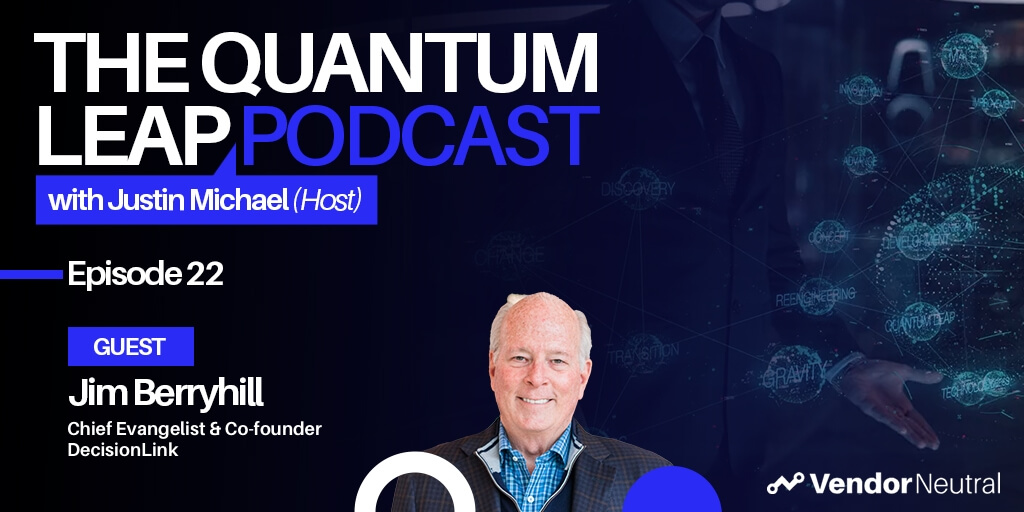 4 Opportunities For Massive Growth In Customer Value Management4 Opportunities For Massive Growth In Customer Value Management
4 Opportunities For Massive Growth In Customer Value Management4 Opportunities For Massive Growth In Customer Value Management -
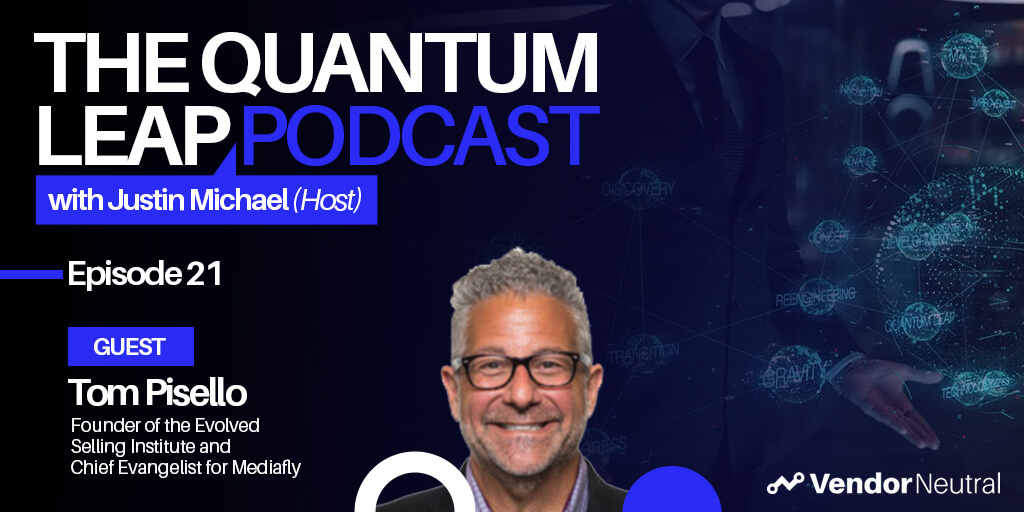 Closing the Customer Engagement Gap | Showing A Clear Case of ROIClosing the Customer Engagement Gap | Showing A Clear Case of ROI
Closing the Customer Engagement Gap | Showing A Clear Case of ROIClosing the Customer Engagement Gap | Showing A Clear Case of ROI -
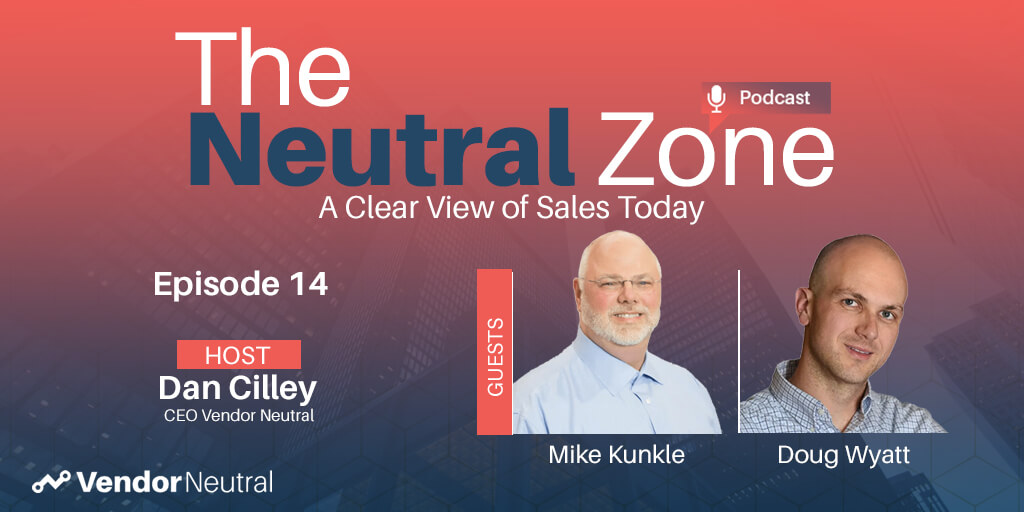 Buyer-Centric Selling | Modern Sales Foundations Virtual Sales TrainingBuyer-Centric Selling | Modern Sales Foundations Virtual Sales Training
Buyer-Centric Selling | Modern Sales Foundations Virtual Sales TrainingBuyer-Centric Selling | Modern Sales Foundations Virtual Sales Training -
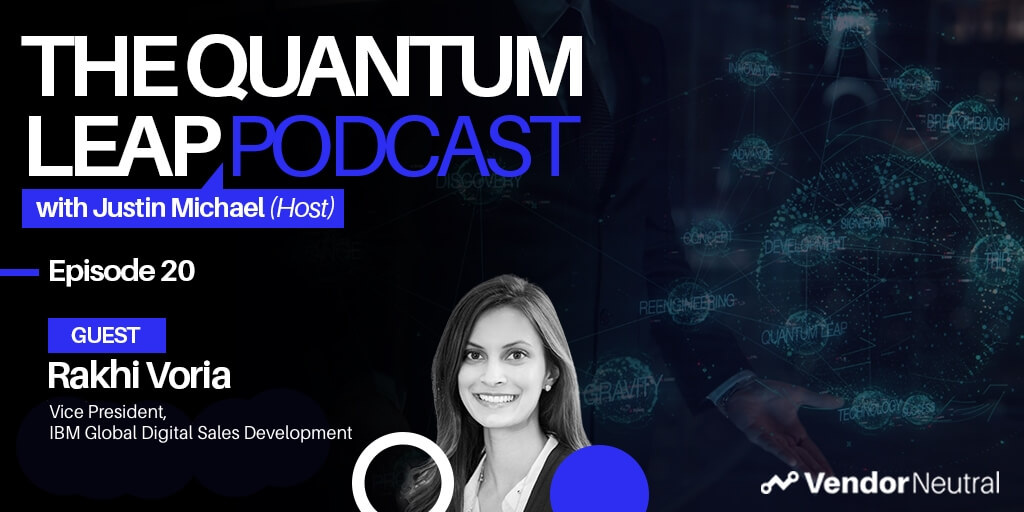 Biggest Trends in Digital TransformationBiggest Trends in Digital Transformation
Biggest Trends in Digital TransformationBiggest Trends in Digital Transformation -
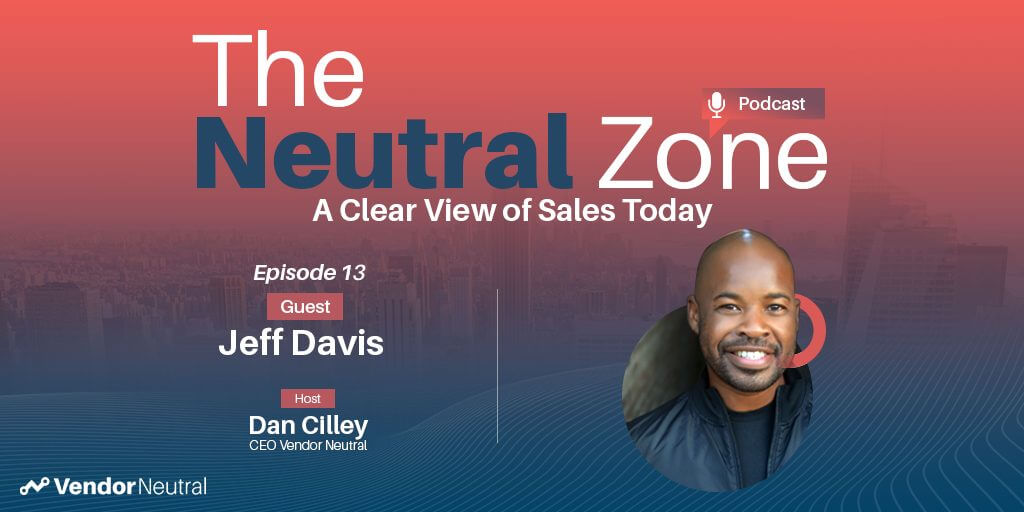 Focus on These 3 Things for Sales Technology AdoptionFocus on These 3 Things for Sales Technology Adoption
Focus on These 3 Things for Sales Technology AdoptionFocus on These 3 Things for Sales Technology Adoption -
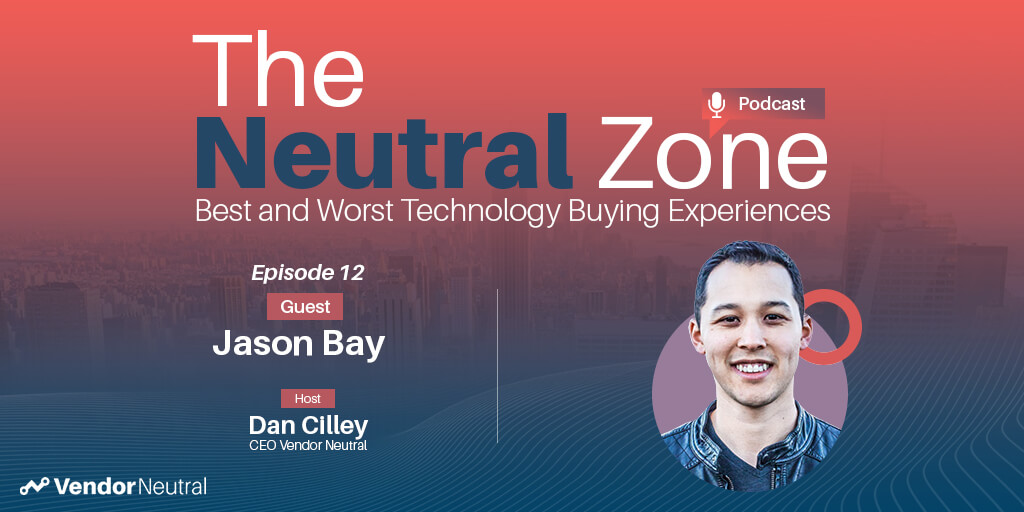 For Sales Technology Buyers A Customer Success Strategy is KeyFor Sales Technology Buyers A Customer Success Strategy is Key
For Sales Technology Buyers A Customer Success Strategy is KeyFor Sales Technology Buyers A Customer Success Strategy is Key -
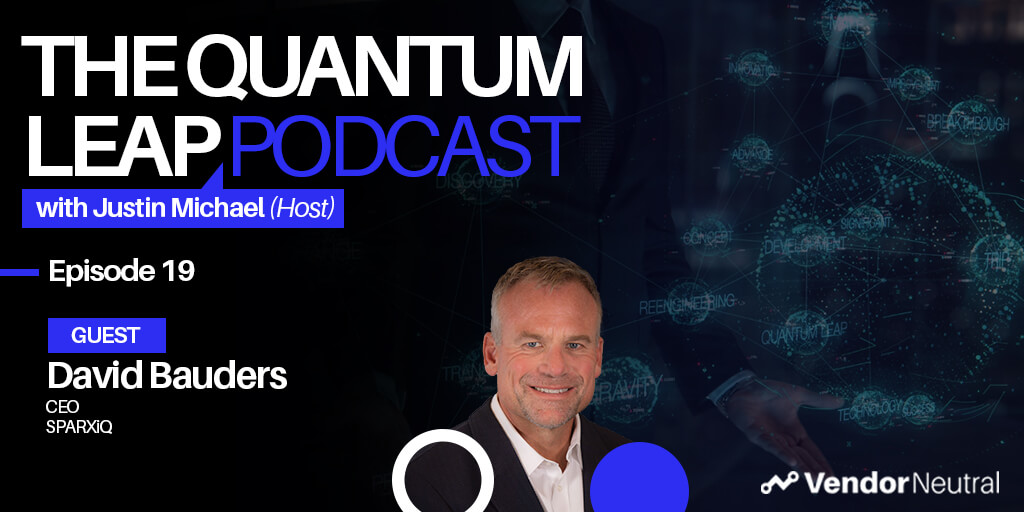 The Future of Sales TrainingThe Future of Sales Training
The Future of Sales TrainingThe Future of Sales Training -
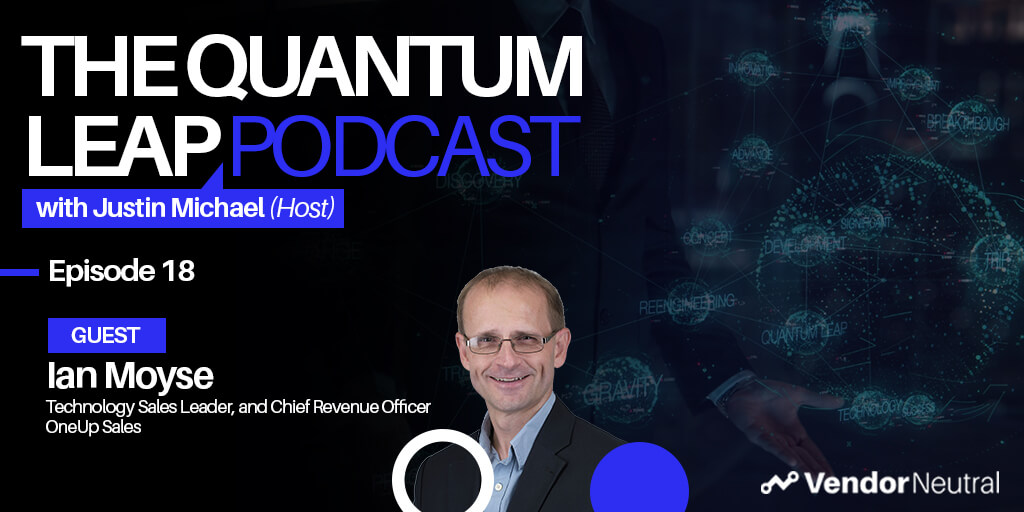 Sales Enablement to Generate Revenue in 2021 and BeyondSales Enablement to Generate Revenue in 2021 and Beyond
Sales Enablement to Generate Revenue in 2021 and BeyondSales Enablement to Generate Revenue in 2021 and Beyond -
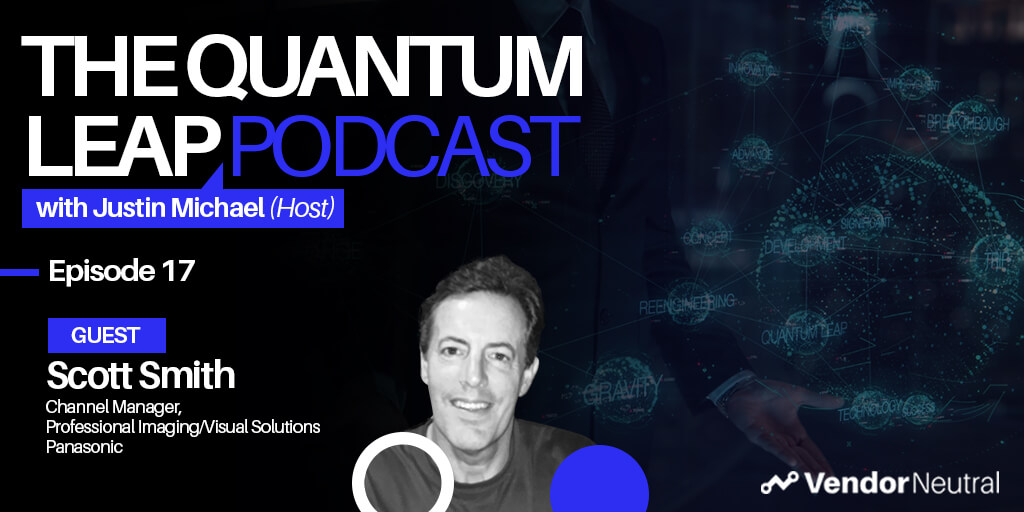 Leveraging Sales Technology in Enterprise Channel Sales | Start by identifying the problems you’re trying to solveLeveraging Sales Technology in Enterprise Channel Sales | Start by identifying the problems you’re trying to solve
Leveraging Sales Technology in Enterprise Channel Sales | Start by identifying the problems you’re trying to solveLeveraging Sales Technology in Enterprise Channel Sales | Start by identifying the problems you’re trying to solve -
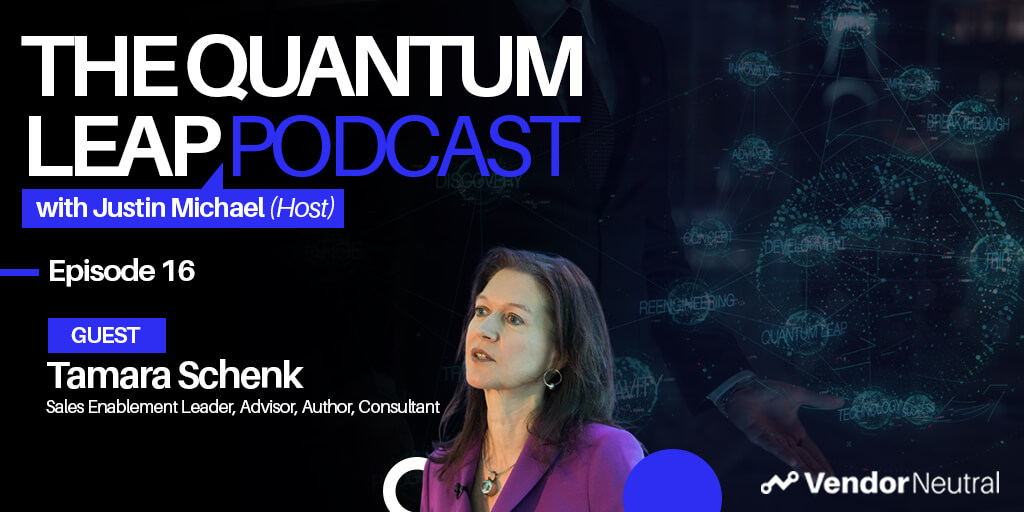 The One Question to Ask Before Sales Technology Implementation to Ensure the Success of Your Enablement InitiativeThe One Question to Ask Before Sales Technology Implementation to Ensure the Success of Your Enablement Initiative
The One Question to Ask Before Sales Technology Implementation to Ensure the Success of Your Enablement InitiativeThe One Question to Ask Before Sales Technology Implementation to Ensure the Success of Your Enablement Initiative -
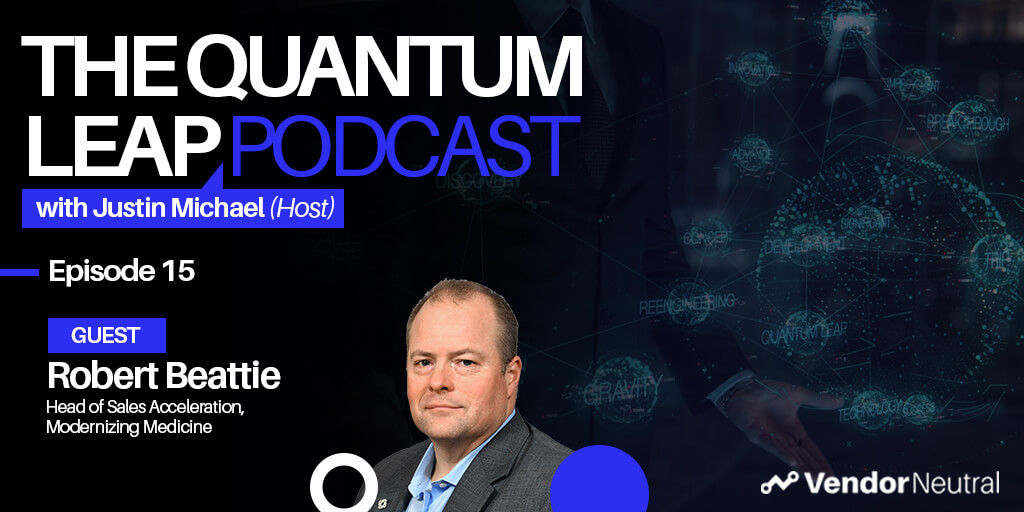 Digitally Enabled Enterprise Sales - Technology & Skills You'll Need in 2025Digitally Enabled Enterprise Sales - Technology & Skills You'll Need in 2025
Digitally Enabled Enterprise Sales - Technology & Skills You'll Need in 2025Digitally Enabled Enterprise Sales - Technology & Skills You'll Need in 2025 -
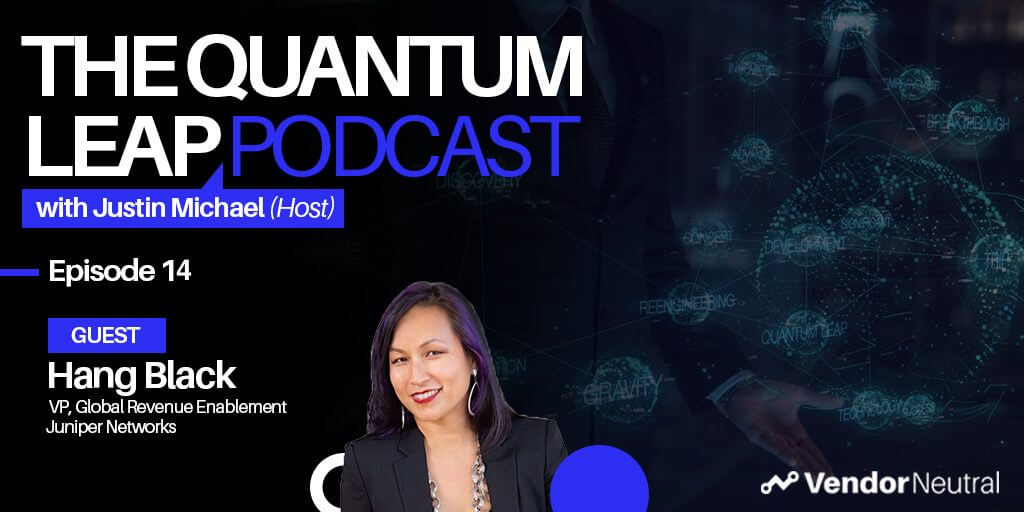 A Look Into The Future of Sales EnablementA Look Into The Future of Sales Enablement
A Look Into The Future of Sales EnablementA Look Into The Future of Sales Enablement -
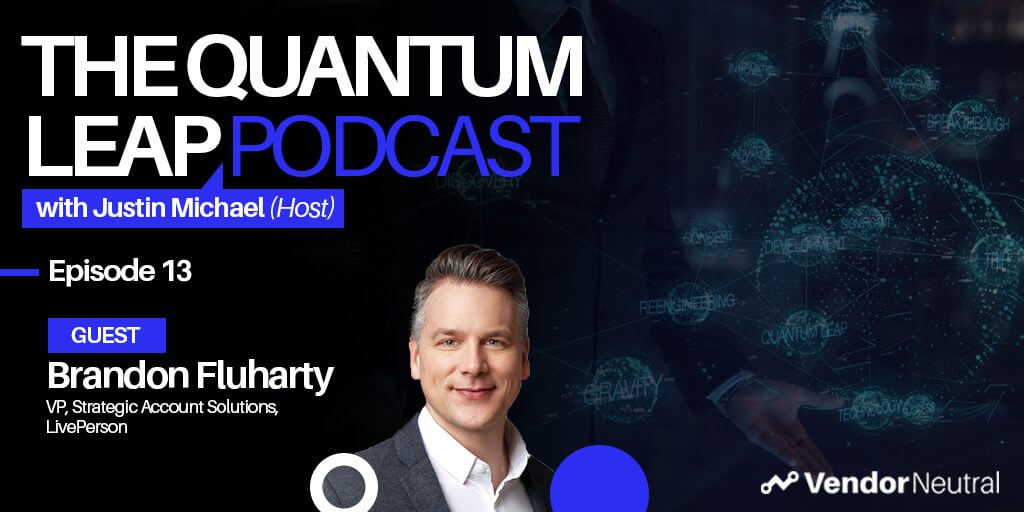 3 Ways Sales Technology will Shape the Future of Strategic Selling & Enterprise Sales3 Ways Sales Technology will Shape the Future of Strategic Selling & Enterprise Sales
3 Ways Sales Technology will Shape the Future of Strategic Selling & Enterprise Sales3 Ways Sales Technology will Shape the Future of Strategic Selling & Enterprise Sales -
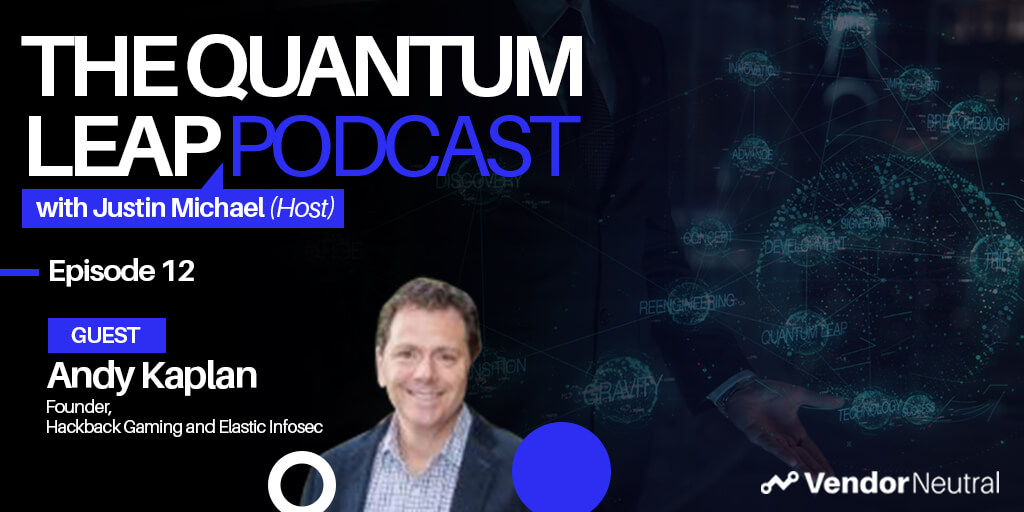 Future of Sales in the EnterpriseFuture of Sales in the Enterprise
Future of Sales in the EnterpriseFuture of Sales in the Enterprise -
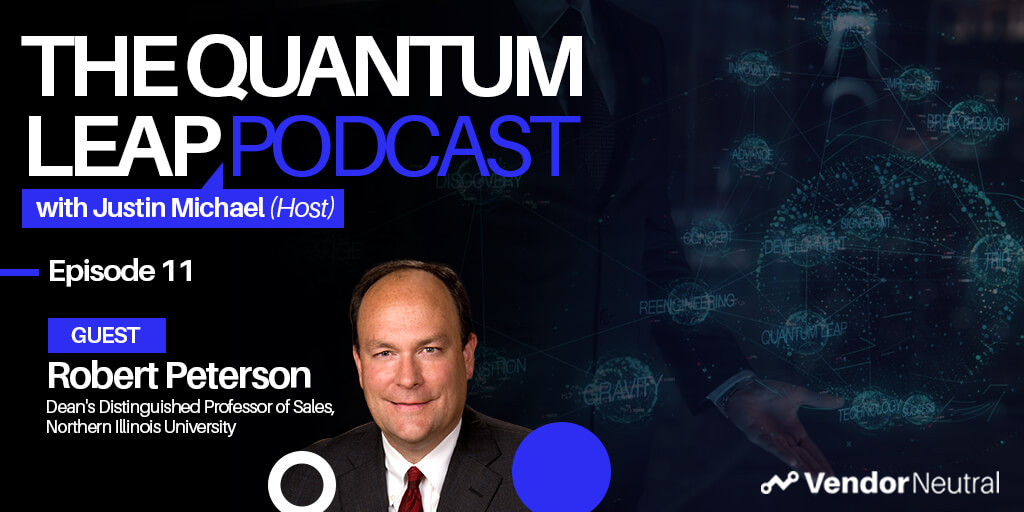 Developing the Revenue Leaders of TomorrowDeveloping the Revenue Leaders of Tomorrow
Developing the Revenue Leaders of TomorrowDeveloping the Revenue Leaders of Tomorrow -
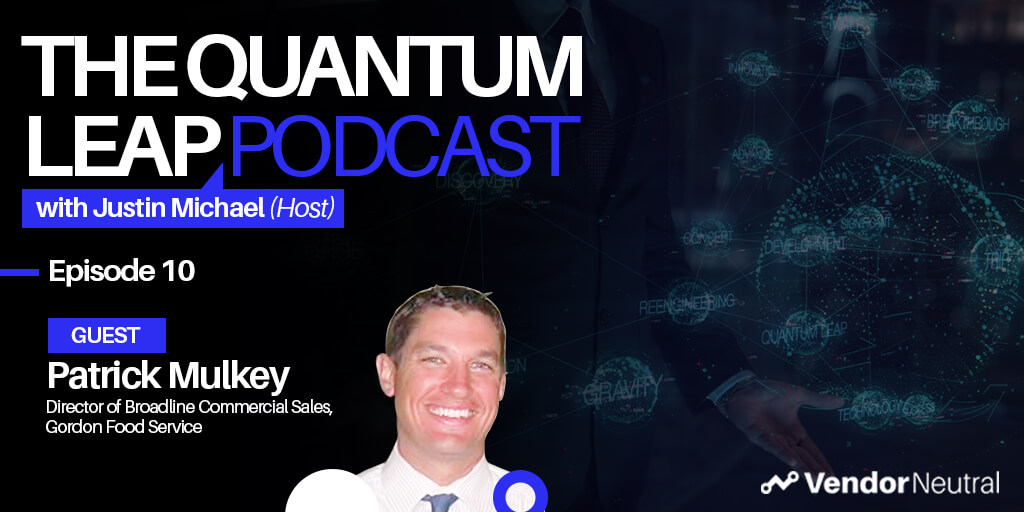 Evaluating and Updating Your Enterprise Sales Technology StackEvaluating and Updating Your Enterprise Sales Technology Stack
Evaluating and Updating Your Enterprise Sales Technology StackEvaluating and Updating Your Enterprise Sales Technology Stack -
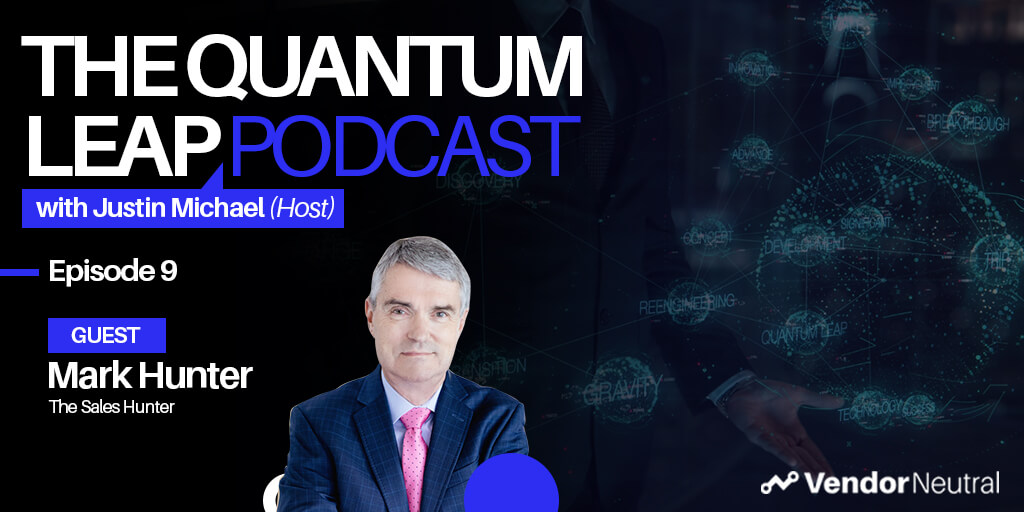 How-to Connect With Enterprise Buyers When Selling From HomeHow-to Connect With Enterprise Buyers When Selling From Home
How-to Connect With Enterprise Buyers When Selling From HomeHow-to Connect With Enterprise Buyers When Selling From Home -
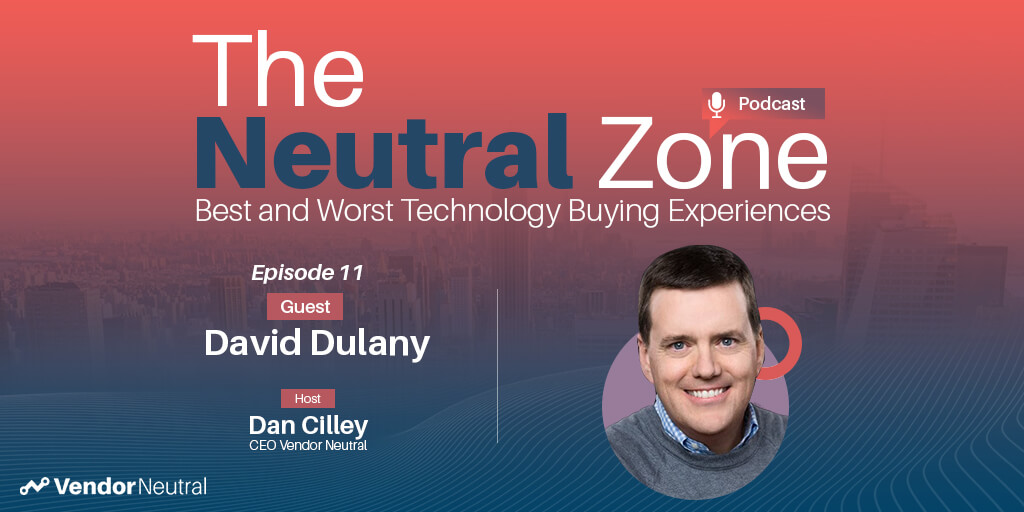 Is the Sales Technology Buying Process Over Engineered?Is the Sales Technology Buying Process Over Engineered?
Is the Sales Technology Buying Process Over Engineered?Is the Sales Technology Buying Process Over Engineered? -
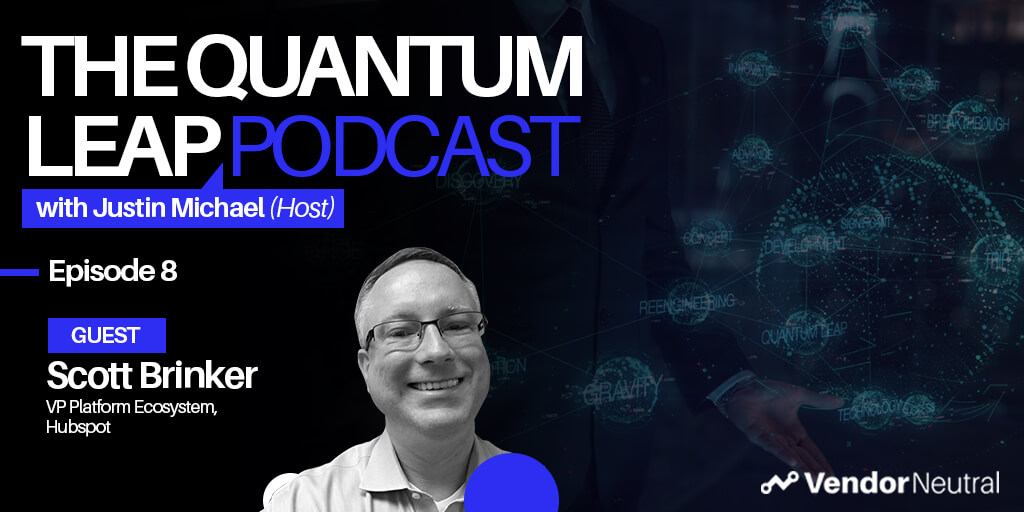 Tangible Ways to Digitally Transform Enterprise OrganizationsTangible Ways to Digitally Transform Enterprise Organizations
Tangible Ways to Digitally Transform Enterprise OrganizationsTangible Ways to Digitally Transform Enterprise Organizations -
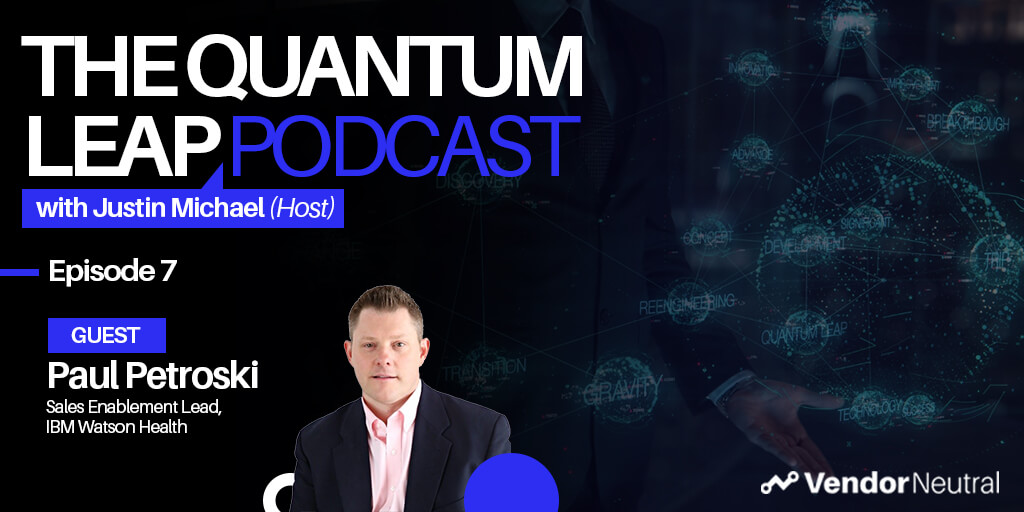 Quantum Leap Podcast Episode 7Quantum Leap Podcast Episode 7
Quantum Leap Podcast Episode 7Quantum Leap Podcast Episode 7 -
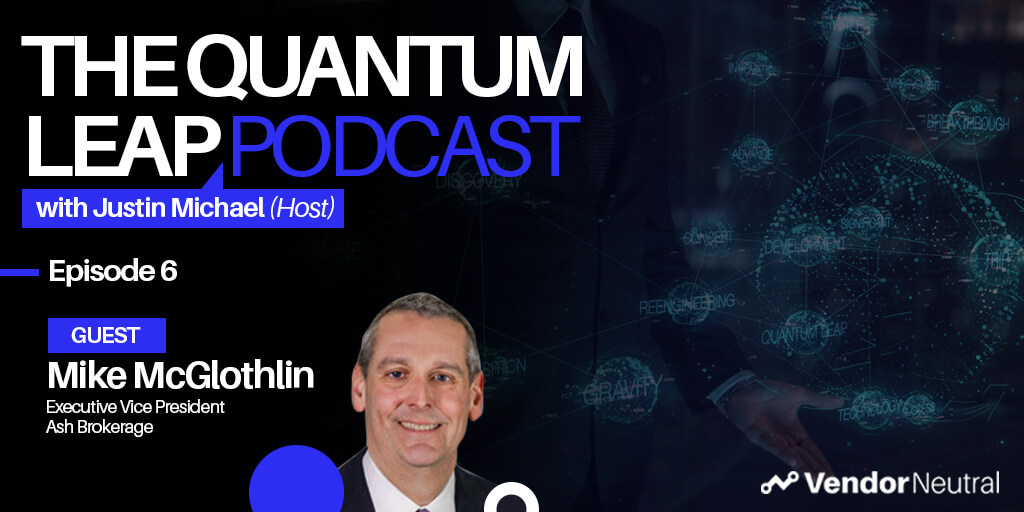 How Sales Technology is Making an Impact in the Financial SpaceHow Sales Technology is Making an Impact in the Financial Space
How Sales Technology is Making an Impact in the Financial SpaceHow Sales Technology is Making an Impact in the Financial Space -
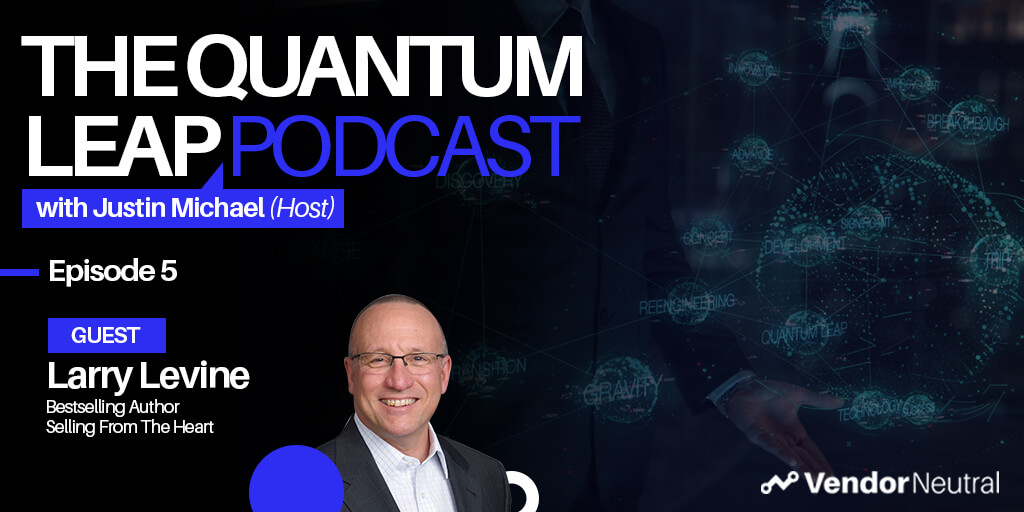 Quantum Leap Podcast Episode 5Quantum Leap Podcast Episode 5
Quantum Leap Podcast Episode 5Quantum Leap Podcast Episode 5 -
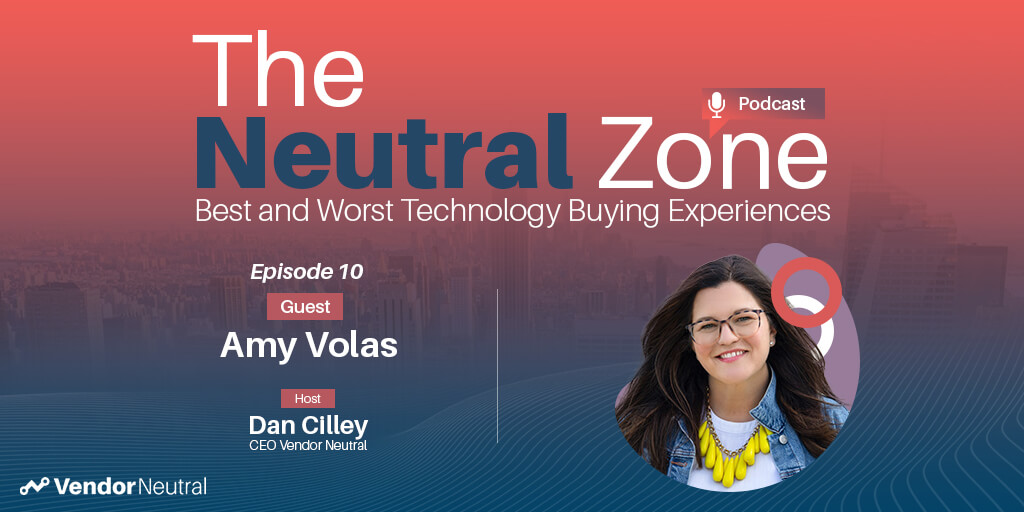 Clear View of Sales Episode 10 with Amy VolasClear View of Sales Episode 10 with Amy Volas
Clear View of Sales Episode 10 with Amy VolasClear View of Sales Episode 10 with Amy Volas -
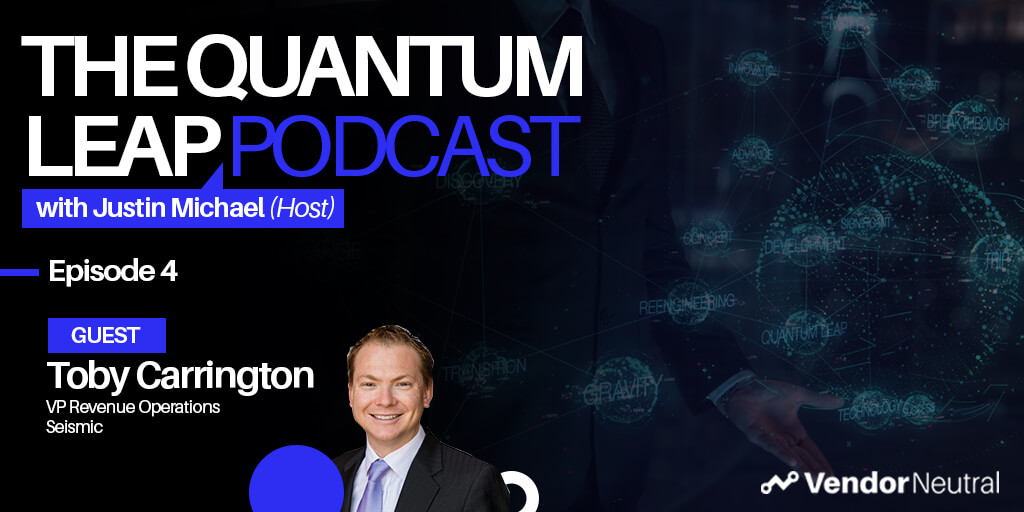 Quantum Leap Podcast Episode 4: Transforming Your Enterprise TechStack, The Future is Bright!Quantum Leap Podcast Episode 4: Transforming Your Enterprise TechStack, The Future is Bright!
Quantum Leap Podcast Episode 4: Transforming Your Enterprise TechStack, The Future is Bright!Quantum Leap Podcast Episode 4: Transforming Your Enterprise TechStack, The Future is Bright! -
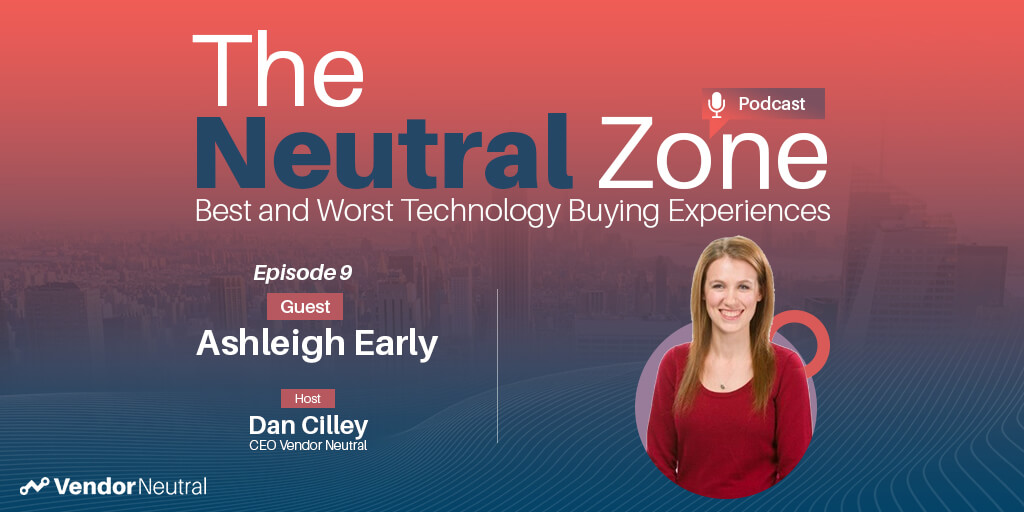 Clear View of Sales with Ashleigh Early:Clear View of Sales with Ashleigh Early:
Clear View of Sales with Ashleigh Early:Clear View of Sales with Ashleigh Early: -
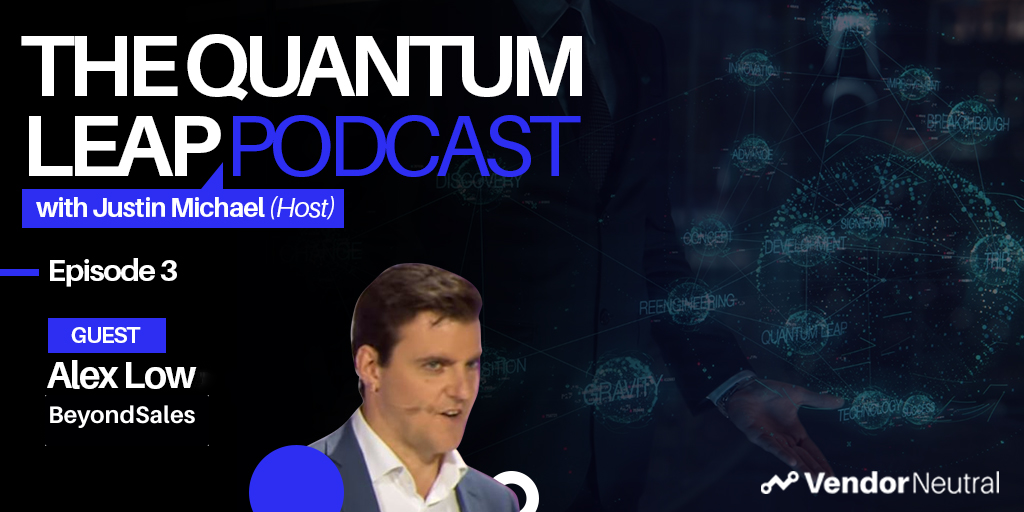 Quantum Leap Episode 3: Unlock the Mystery of Enterprise TransformationQuantum Leap Episode 3: Unlock the Mystery of Enterprise Transformation
Quantum Leap Episode 3: Unlock the Mystery of Enterprise TransformationQuantum Leap Episode 3: Unlock the Mystery of Enterprise Transformation -
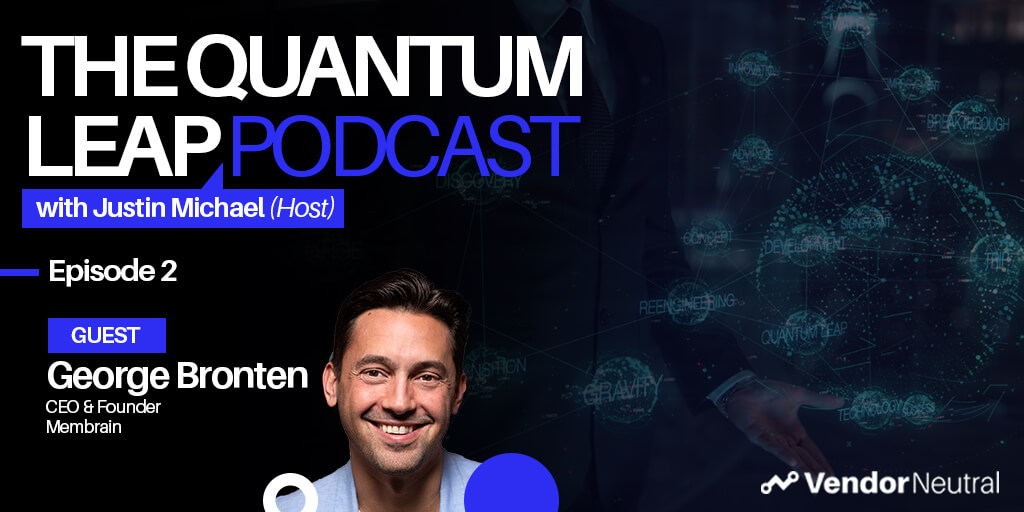 Quantum Leap Podcast Episode 2Quantum Leap Podcast Episode 2
Quantum Leap Podcast Episode 2Quantum Leap Podcast Episode 2 -
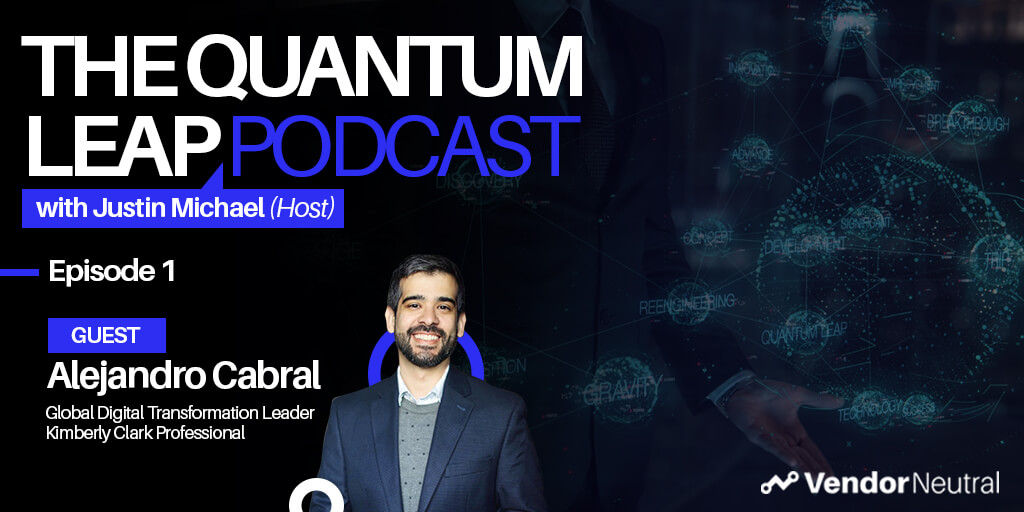 Quantum Leap Podcast Episode 1Quantum Leap Podcast Episode 1
Quantum Leap Podcast Episode 1Quantum Leap Podcast Episode 1 -
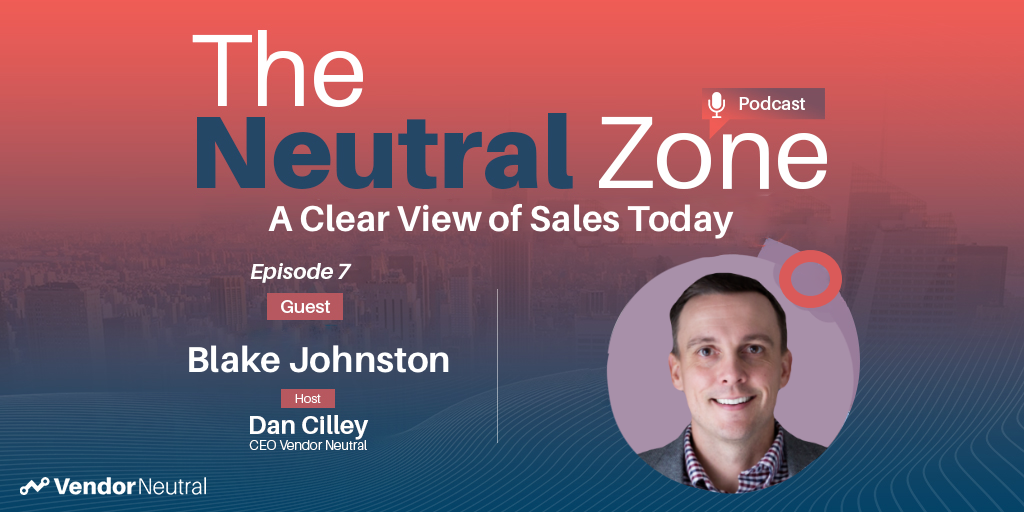 The Best & Worst B2B Technology Buying Experiences With Blake JohnstonThe Best & Worst B2B Technology Buying Experiences With Blake Johnston
The Best & Worst B2B Technology Buying Experiences With Blake JohnstonThe Best & Worst B2B Technology Buying Experiences With Blake Johnston -
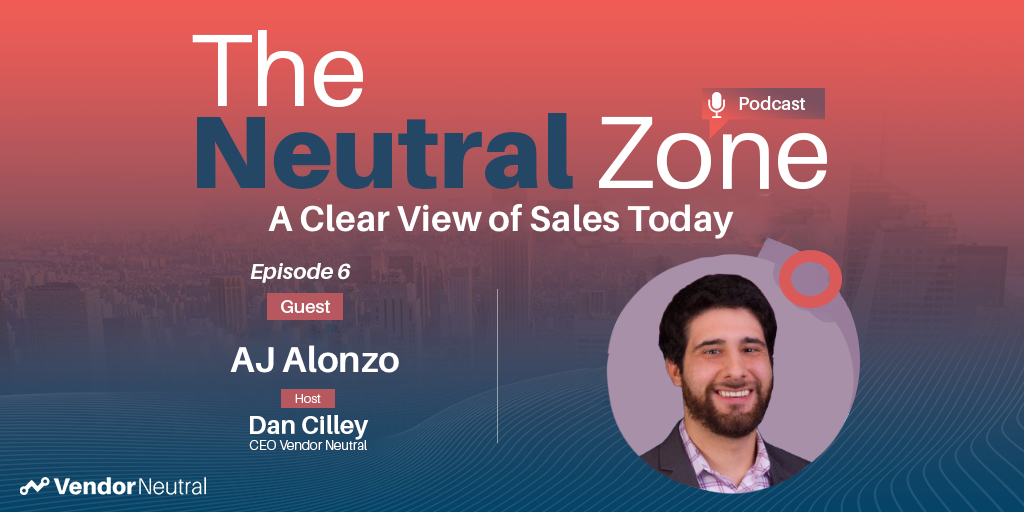 The Best & Worst B2B Technology Buying Experiences With AJ AlonzoThe Best & Worst B2B Technology Buying Experiences With AJ Alonzo
The Best & Worst B2B Technology Buying Experiences With AJ AlonzoThe Best & Worst B2B Technology Buying Experiences With AJ Alonzo -
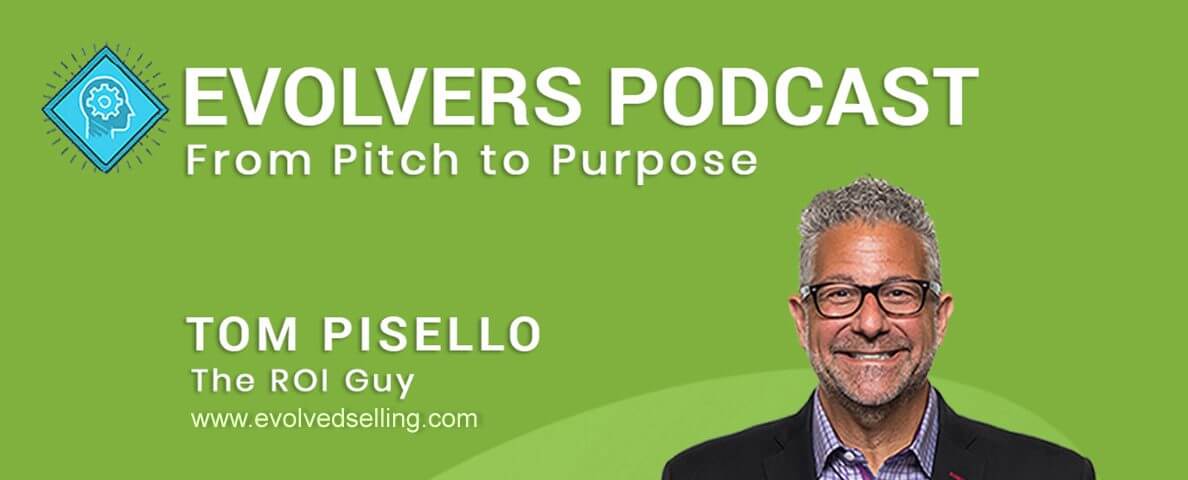 Evolvers Podcast: The Democratization of Sales Enablement? With Dan CilleyEvolvers Podcast: The Democratization of Sales Enablement? With Dan Cilley
Evolvers Podcast: The Democratization of Sales Enablement? With Dan CilleyEvolvers Podcast: The Democratization of Sales Enablement? With Dan Cilley -
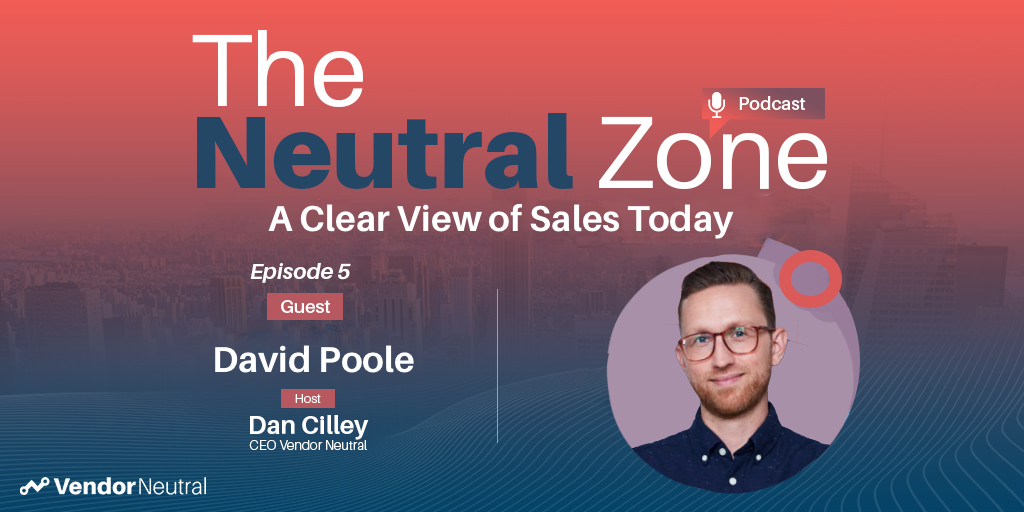 The Best & Worst B2B Technology Buying Experiences With David PooleThe Best & Worst B2B Technology Buying Experiences With David Poole
The Best & Worst B2B Technology Buying Experiences With David PooleThe Best & Worst B2B Technology Buying Experiences With David Poole -
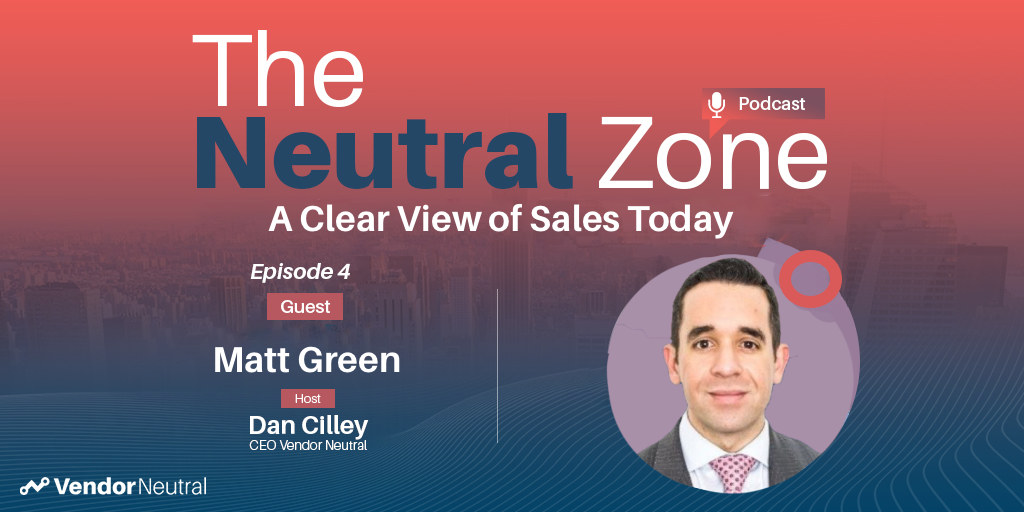 The Best & Worst B2B Technology Buying Experiences With Matt GreenThe Best & Worst B2B Technology Buying Experiences With Matt Green
The Best & Worst B2B Technology Buying Experiences With Matt GreenThe Best & Worst B2B Technology Buying Experiences With Matt Green -
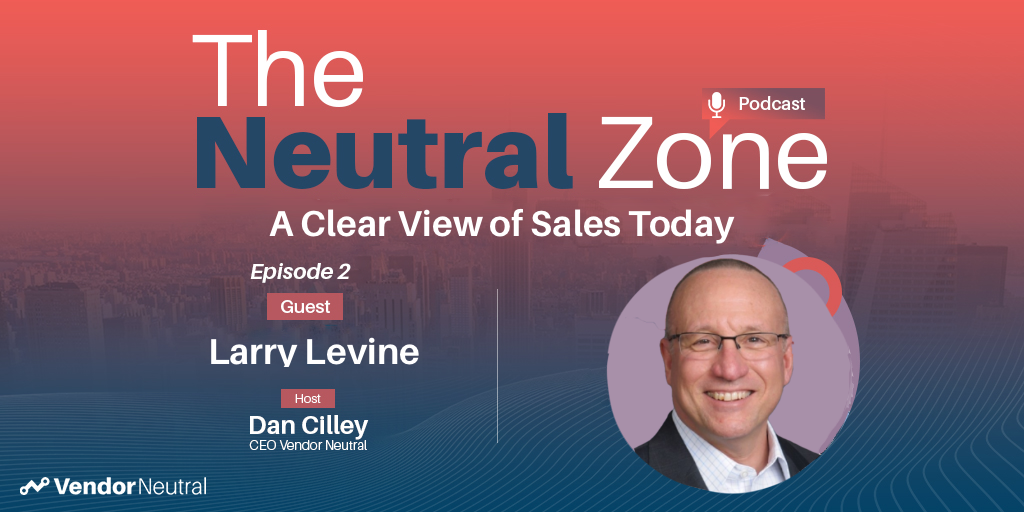 The Best & Worst B2B Technology Buying Experiences with Larry LevineThe Best & Worst B2B Technology Buying Experiences with Larry Levine
The Best & Worst B2B Technology Buying Experiences with Larry LevineThe Best & Worst B2B Technology Buying Experiences with Larry Levine -
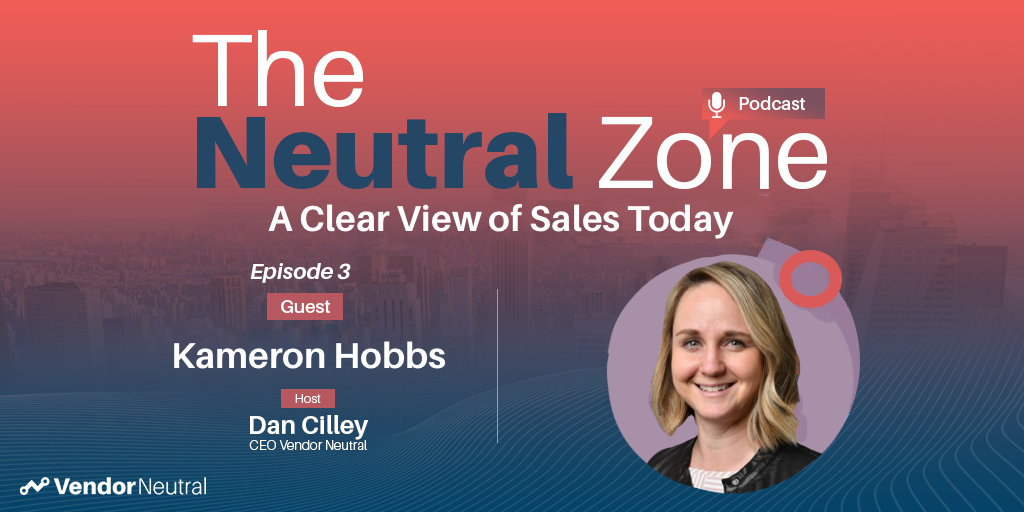 The Best & Worst B2B Technology Buying Experiences with Kameron HobbsThe Best & Worst B2B Technology Buying Experiences with Kameron HobbsVideo
The Best & Worst B2B Technology Buying Experiences with Kameron HobbsThe Best & Worst B2B Technology Buying Experiences with Kameron HobbsVideo -
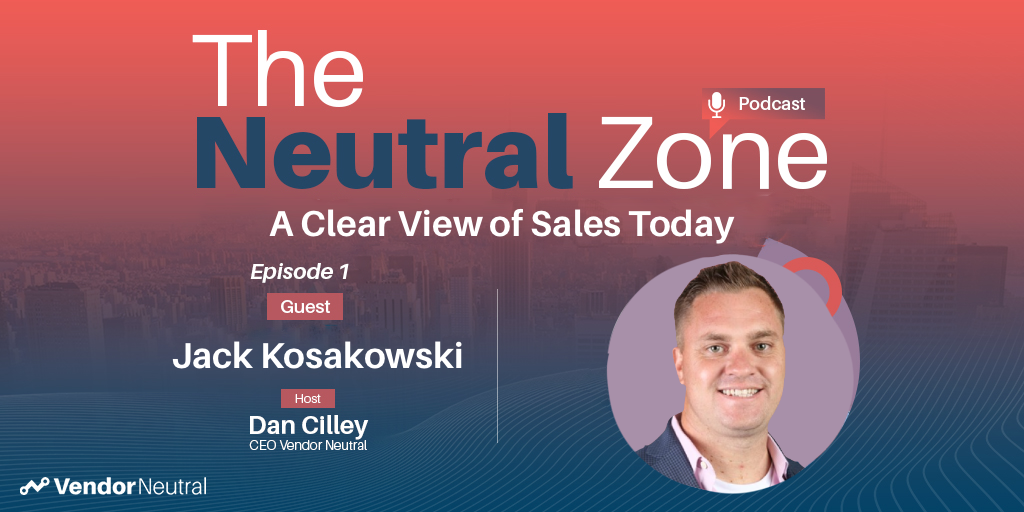 The Best & Worst B2B Technology Buying Experiences with Jack KosakowsiThe Best & Worst B2B Technology Buying Experiences with Jack KosakowsiPodcast
The Best & Worst B2B Technology Buying Experiences with Jack KosakowsiThe Best & Worst B2B Technology Buying Experiences with Jack KosakowsiPodcast
